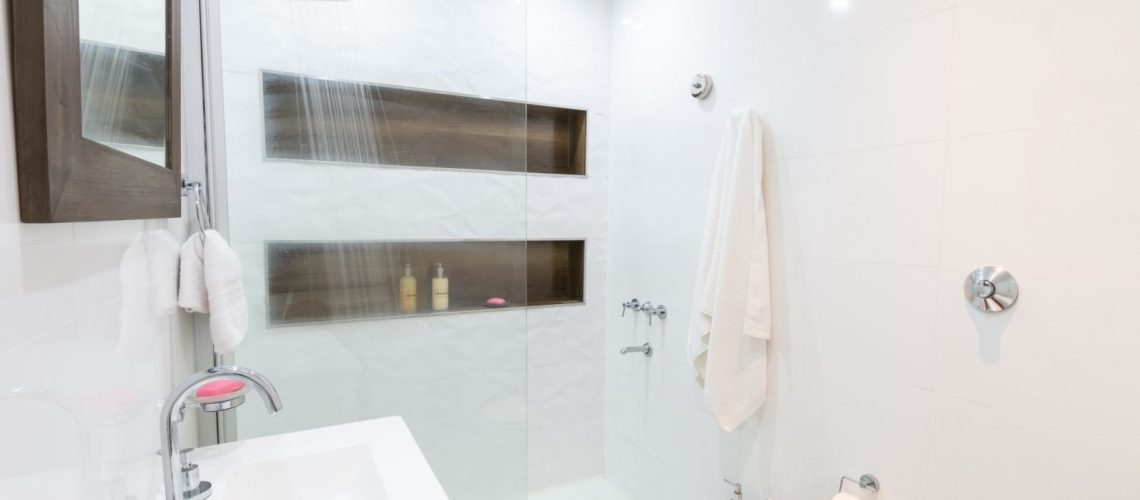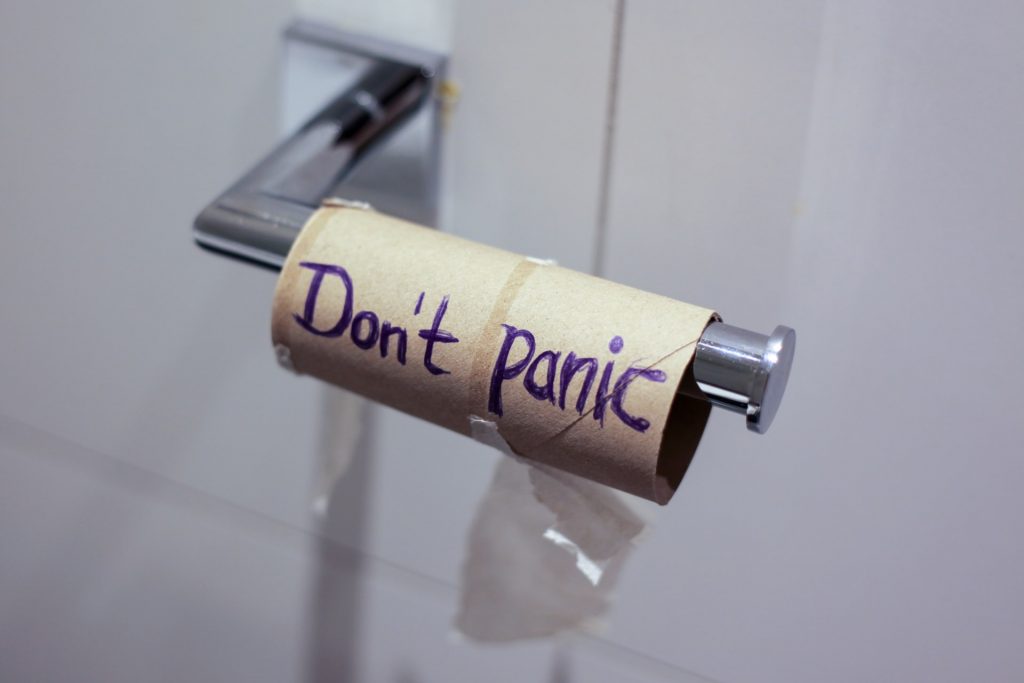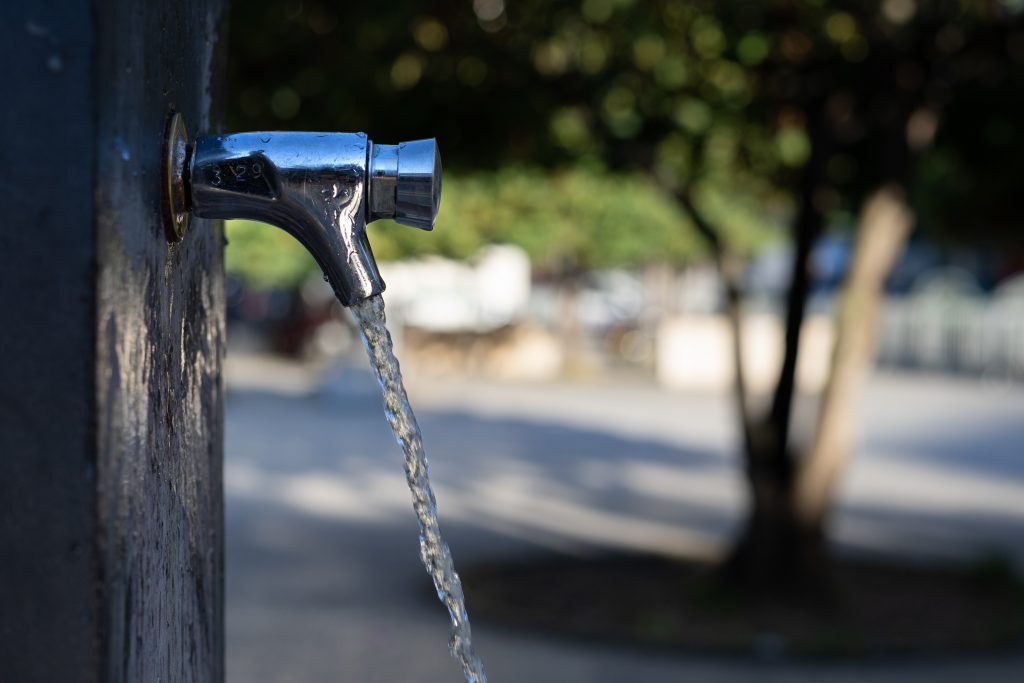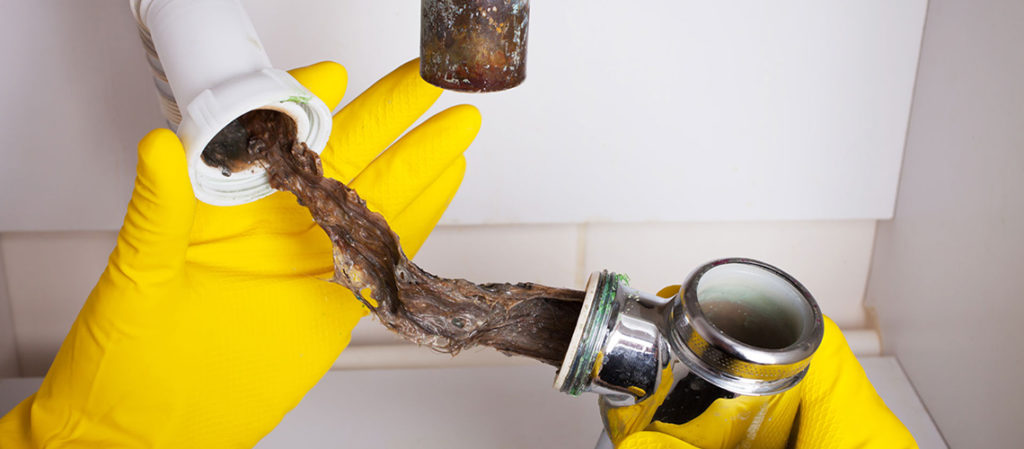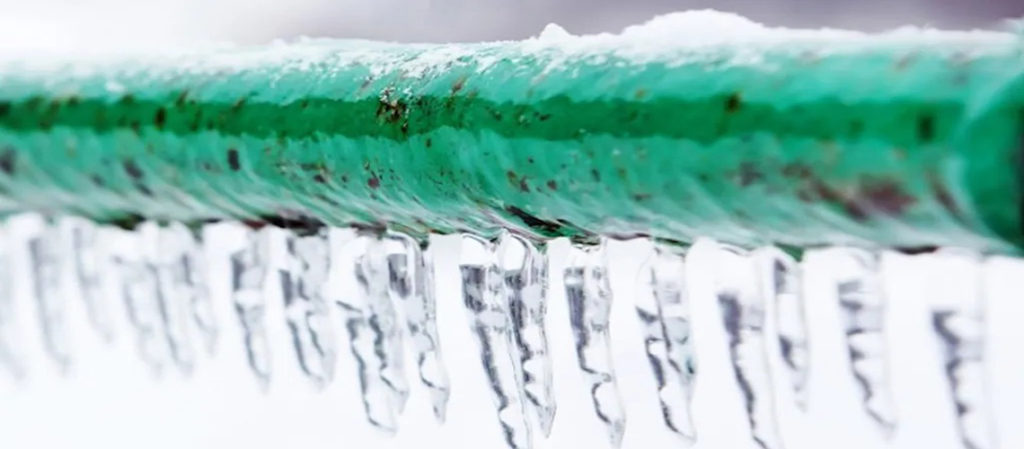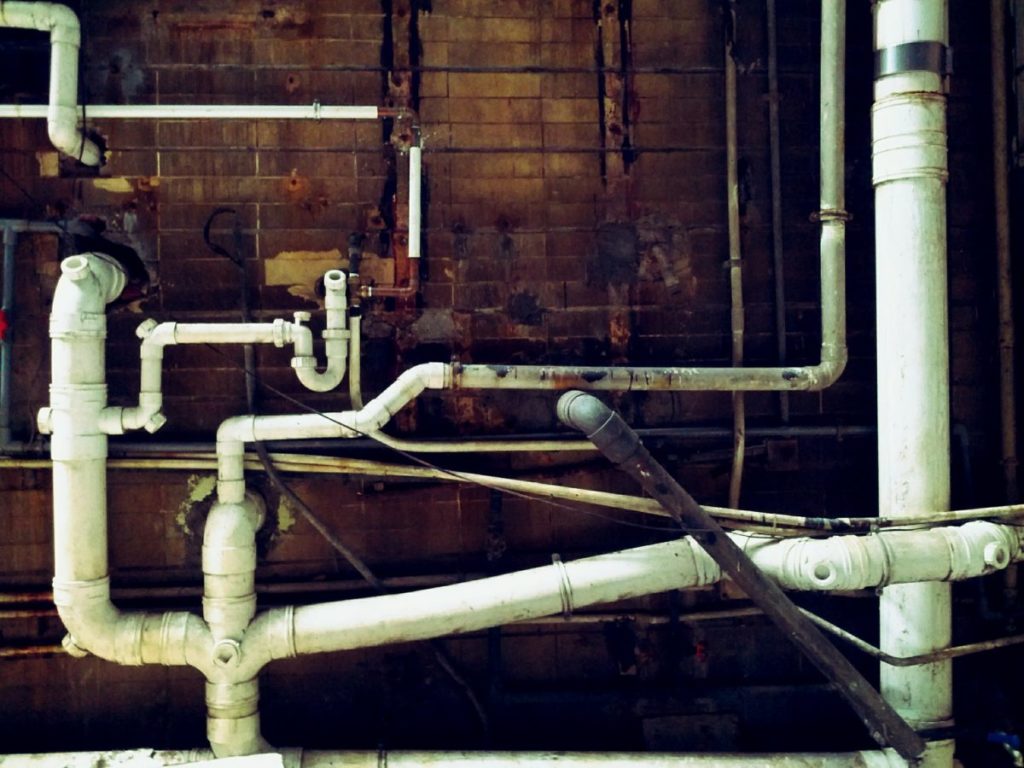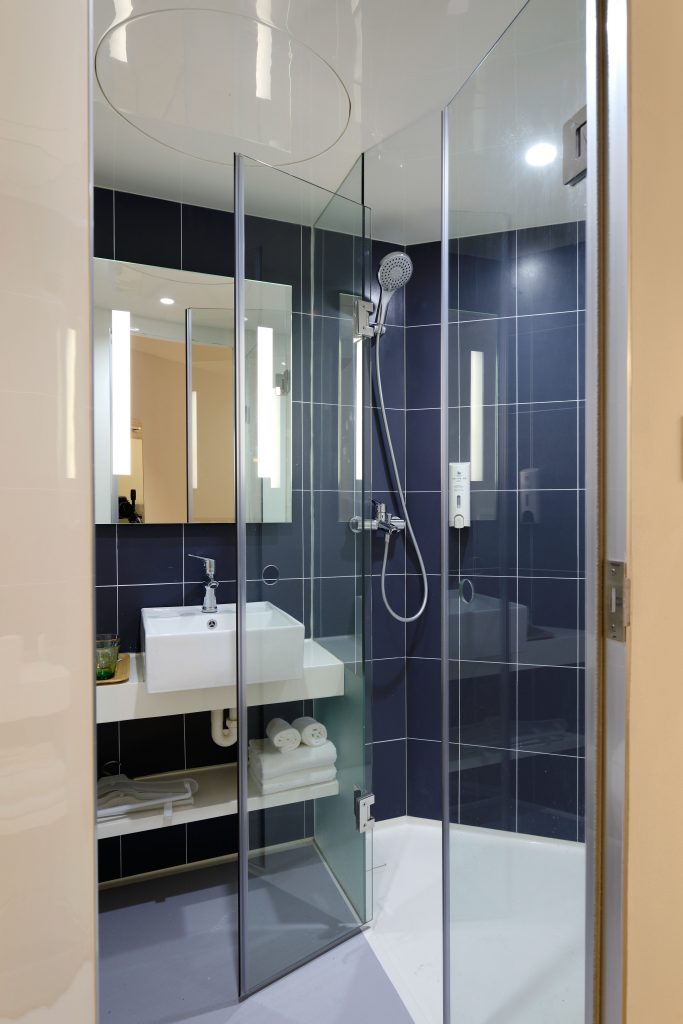Are you struggling with low water pressure in only one bathroom? If so, you’ve probably been scratching your head wondering why on Earth this is even happening. There are a few things that can cause this, and POM Plumbing is here to help you get to the bottom of it.
Contents
What Causes Low Water Pressure?
Low water pressure in a home can be caused by a variety of issues, ranging from simple fixes to more complex plumbing problems. Identifying the root cause is essential for resolving the issue effectively. Here’s a table summarizing the common causes of low water pressure:
| Cause | Description |
| Clogged Pipes | Accumulation of sediment or debris can block water flow, reducing pressure. |
| Corroded Plumbing | Over time, pipes, especially older ones made of galvanized steel, can corrode internally, restricting water flow. |
| Partially Closed Main Shutoff Valve | If the main water valve is not fully open, it can restrict the flow of water into the home. |
| Faulty Pressure Regulator | A malfunctioning pressure regulator can cause a sudden change in water pressure. |
| High Demand Within the Home | Simultaneous use of water by multiple fixtures can exceed the system’s capacity to maintain pressure. |
| Leaking Pipes | Water leaks in the system can divert water away from where it’s needed, leading to lower pressure. |
| Municipal Water Supply Issues | Problems with the local water supply, such as broken mains or adjustments at the water source, can affect pressure. |
| Elevation | Homes located at a higher elevation than the water source may experience lower pressure due to gravity. |
| Peak Usage Times | Water pressure can drop during times of high demand in the community, such as early mornings and evenings. |
To diagnose and fix low water pressure, it may be necessary to inspect the plumbing system, check with neighbors or the local water utility for external issues, and possibly consult a professional plumber for repairs or adjustments.
Sediment Buildup
One of the first things that can cause low water pressure in only one bathroom is sediment buildup. This is especially common if the affected bathroom is on the bottom floor.
To check for sediment buildup in the aerator, carefully unscrew it from the faucet tip (use pliers with tape protection to prevent scratching). Rinse the components under running water, using a small brush (like an old toothbrush) to remove mineral deposits. Reassemble and test the faucet. Improvement in pressure indicates the aerator was the issue. This diagnostic step can often resolve low water pressure in a bathroom sink without needing professional intervention.
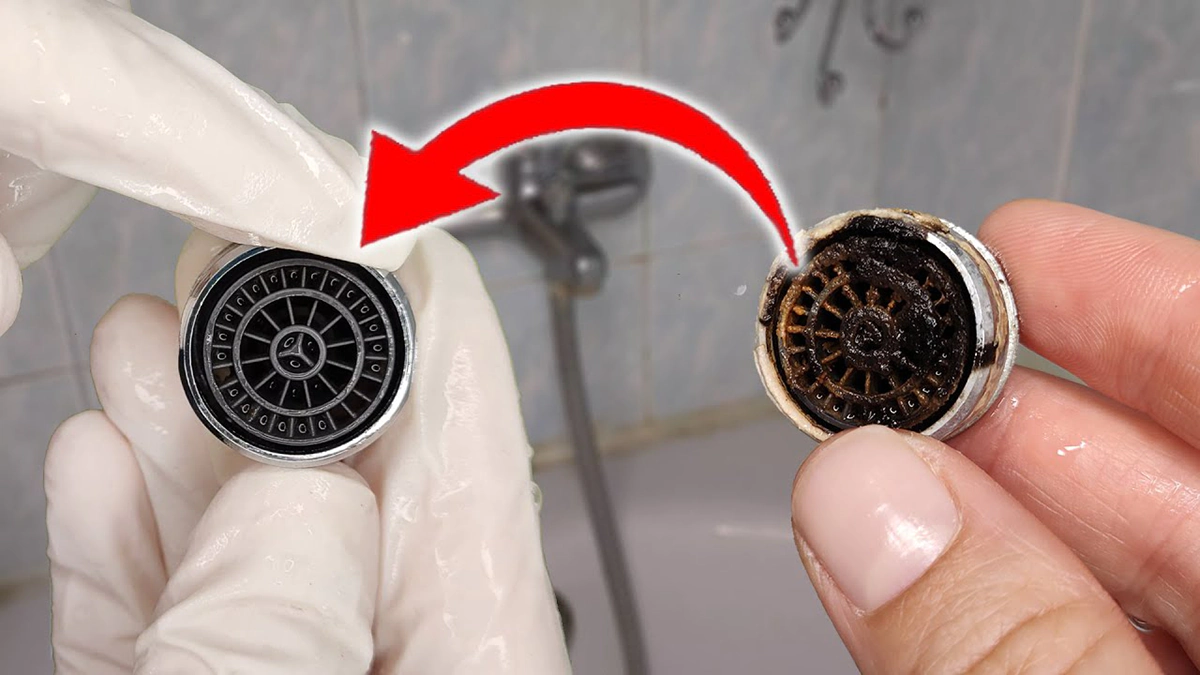
If your home has, or has ever had, hard water, there’s sediment and little bits of metal in it. These things may not be visible at a glance, but you can probably taste them in your tap. Furthermore, they can build up over years of running that water. If that sediment builds up in your pipes or in your faucet, water will have a hard time getting through. This can lead to low water pressure, or small streams of water that are higher water pressure than they should be.
Closed Valve
It may seem obvious, but sometimes the culprit is a closed valve. “I’ve checked the valve!” you may say. And we believe you! Sometimes valves are damaged or installed incorrectly, making them appear open when they’re really closed. If you checked by sight and didn’t fiddle with the valve handle, try turning it and see if it fixes the problem.
Broken Valve
If your valve is simply not affecting the water flow, it’s most certainly broken. In all likelihood, it broke sometime when the valve was partially or completely closed and it never got fixed. Therefore, the bathroom was left with little to no water flow. Having the valve replaced should fix the problem.
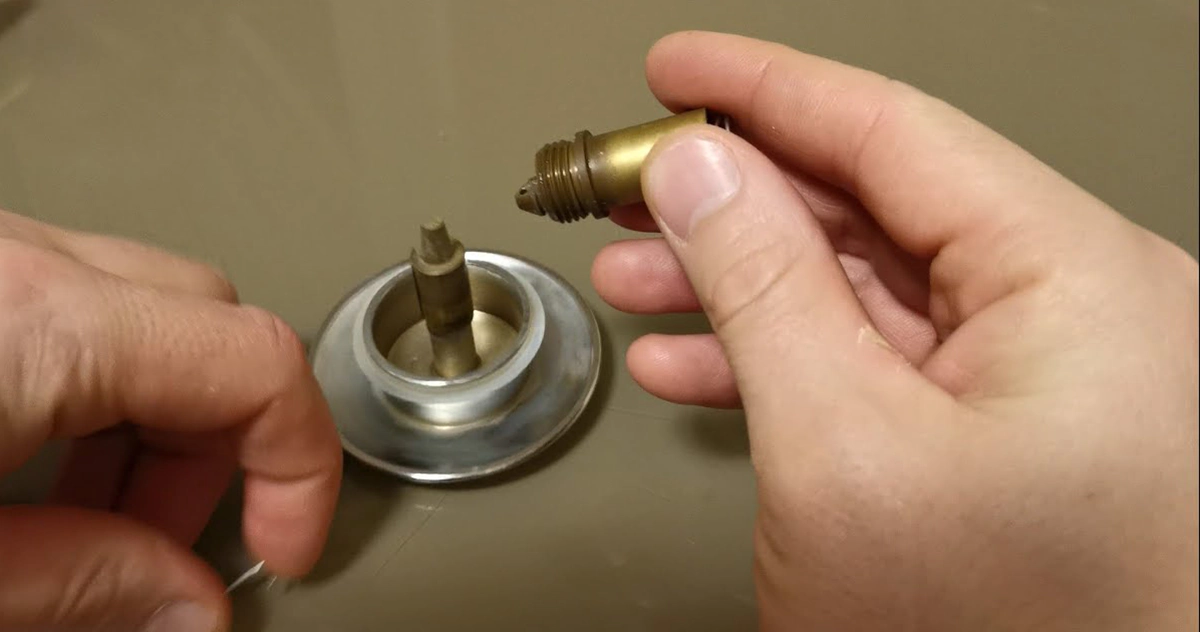
Water Flow Restrictor
In many homes, water flow restrictors have been put in place. While many modern retrofits increase water pressure to make up for the lower amount of water, many older models of restrictors simply limit the water. This can mean water coming out at basically a trickle.
If your water is being restricted in an unsuitable way, this can be solved by removing the water flow restrictor. Replacing it with a modern retrofit is ideal for saving water and, therefore, money. However, it’s not strictly necessary.
Get Professional Help
When facing Toronto water pressure, it’s essential to act quickly and find a reliable plumber who can perform water pressure repair services. If you’re not up to the task of sleuthing out the issue, POM Plumbing’s team of experts can do it for you. We help with water pressure issues (if you have problems with mixing valve shower adjustment or etc.) all the time, from residential to high rise scale. Give us a call and we’ll be out as soon as we can to help get your bathroom back into working order.
FAQ
Yes, low water pressure in bathroom faucets is often caused by mineral buildup in the aerator. Removing and cleaning the aerator can restore normal water flow.
A clogged or outdated showerhead can restrict water flow, leading to low water pressure in bathroom showers. Replacing it with a high-efficiency model can improve pressure.
Yes, leaks in supply pipes can divert water, resulting in low water pressure in one bathroom. Checking for damp spots, mold, or unexplained water bills can help detect leaks.
Some homes have pressure-balancing valves that regulate water flow. A malfunctioning valve can cause low water pressure in bathroom sinks, requiring adjustment or replacement.
If only one bathroom has low water pressure, but other fixtures are fine, the issue is likely internal. However, checking with neighbors can confirm if it’s a local supply problem.
Yes, corroded pipes, especially older galvanized ones, can restrict water flow, leading to low water pressure in bathroom plumbing. Pipe replacement may be needed.
Yes, hard water minerals (limescale) can accumulate unevenly within the plumbing system. This buildup often occurs faster in specific fixtures (faucets, showerheads) or pipe sections leading to one bathroom, causing localized low pressure even if the rest of the house seems unaffected.



